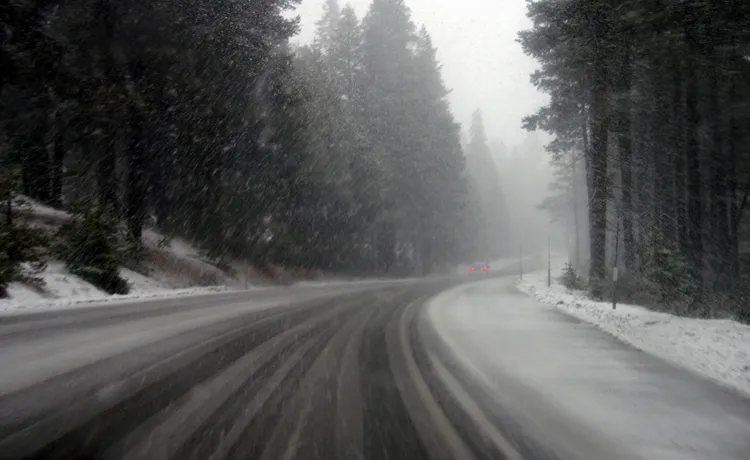The days are getting shorter, the nights are getting colder and the jackets are getting warmer. Summer is officially over – and winter will soon creep its chilly, snowy head into our daily lives. Nearly all Americans, regardless of where they live, will face severe winter weather in the coming months. Help the members of your community stay safe with vital information on how to prepare themselves for a winter storm and extreme cold.
Have your car serviced as often as the manufacturer recommends. In addition, every fall, check the following:
Winter Storm Ready!
Every winter, prepare your home and your car to deal with snowstorms and extremely cold weather – these conditions are always a possibility. And preparation is definitely the key to staying safe and warm during the cold-weather months.Listen to weather forecasts regularly and check your emergency supplies kit whenever a period of extreme cold or a winter storm is predicted.
 Home Prep Checklist
Home Prep Checklist
- Insulate walls and attics with caulking; weather-strip doors and windows; and install storm windows or cover windows with plastic.
- Clear rain gutters; repair roof leaks and cut away tree branches that could fall on a house or other structure during a storm.
- Have heating equipment and chimneys inspected every year.
- Insulate pipes with insulation or newspapers and plastic and allow faucets to drip a little during cold weather to avoid freezing.
- All fuel-burning equipment should be vented to the outside and kept clear.
- Learn how to shut off water valves (in case a pipe bursts).
- Install storm windows or cover windows with plastic from the inside to keep cold air out.
 Car Prep Checklist
Car Prep Checklist
Have your car serviced as often as the manufacturer recommends. In addition, every fall, check the following:
- Antifreeze level: Make sure there is enough antifreeze to avoid freezing.
- Battery and ignition system: Should be in top condition and battery terminals should be clean.
- Brakes: Check for wear and fluid levels.
- Exhaust system: Check for leaks and crimped pipes and repair or replace them as necessary.
- Fuel and air filters: Replace them and keep water out of the system by using additives and keeping a full tank of gas. A full tank will prevent the fuel line from freezing.
- Heater and defroster: Make sure they work properly.
- Lights and flashing hazard lights: Check for serviceability.
- Oil: Check for level and weight. Heavier oils congeal more at low temperatures and do not lubricate as well.
- Thermostat: Ensure it works properly.
- Windshield wiper equipment: Repair any problems and maintain the proper washer fluid level.
- Install good winter tires: Make sure the tires have adequate tread. All-weather tires are usually adequate for most winter conditions.
Winter Storm Safety
When the weather is extremely cold or there is a winter storm, stay indoors. Make any trips outside brief and remember these tips to protect your health and safety:- Dress appropriately. Adults and children should always wear a hat, a scarf, gloves, a water-resistant coat and boots, and several layers of loose-fitting clothing.
- Do not drive in low-visibility conditions.
- Avoid driving on ice-covered roads, overpasses and bridges, if possible.
- Do not walk on ice. Keep your steps and walkways free of ice by using rock salt or sand.
- If you must do heavy outdoor chores (such as shoveling), dress warmly and work slowly – cold weather puts an extra strain on the heart.
For more information on products to help you prepare for extreme weather, browse the Quickseries® library of guides, including: Family Preparedness Checklist.If you have pets, bring them indoors during extreme weather conditions. If you cannot bring them inside, provide adequate shelter to keep them warm and make sure that they have access to unfrozen water.
